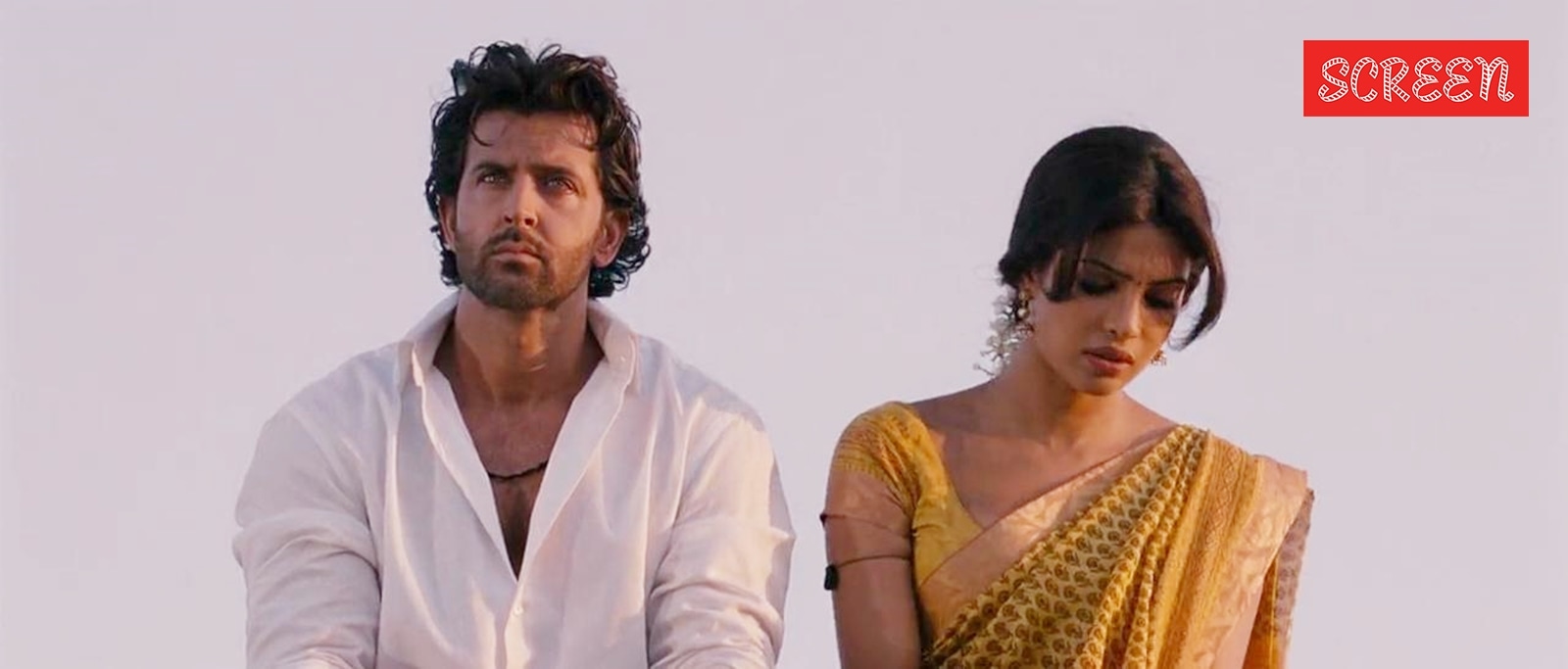Sikandar is the latest in Salman Khan’s growing list of insufferable films. Quite like Kisi Ka Bhai Kisi Ki Jaan, this film too has an exhausted and bored Salman Khan, zero chemistry between Salman and his much younger leading lady, and cultural appropriation. Salman Khan plays Sikandar aka Sanjay aka Raja Sahab, the king of Rajkot, whose wife is Rani Saisri (a southern-sounding name to explain Rashmika Mandanna’s heavily accented Hindi). Saisri explains to a maid in waiting that Sanjay gave up his resolve to be single (can’t decide if this is a meta reference to Salman himself) when he saw her being dishonoured. Marriage to a much older man who never wanted to marry was the best way to make her honourable again. “He can give me everything but time”, Saisri says wistfully, till time runs out and poor Sanjay realises he didn’t know anything about his wife. To be fair, he acknowledges that he was a complete failure as a husband. I was half expecting him to be relieved that he could stop pretending to be interested in her and go back to being single again, just like he always wanted.
But, since this is a Bollywood film, the death of a wife or girlfriend becomes a catalyst in the hero’s journey. He rises from her ashes to take revenge, to turn a new leaf, to finally become an adult. In Sanjay’s case, he gets a doctor to violate medical protocol so he can track down recipients of organ donations without their consent and shower them with cash and kindness. Let us pause for a moment to show some empathy here. Losing a loved one is heartbreaking, and no one is questioning or trivialising the intense, life-altering nature of grief. However, in Hindi cinema, or Indian cinema as a whole, a dead wife/girlfriend becomes the inciting incident in a hero’s life. Poor neglected Saisri joins the list of many large-eyed, fair-skinned (somehow that intensifies the tragedy of their death) women who look wistfully into the camera, act like labradors, and belong to the bubbly and sanskaari category of women.
As I thought about this dead women’s club, I realised that there are different categories of how a woman can be bumped off to create maximum impact in the life of the only character who truly matters, the hero. Option 1, and perhaps the most popular trope for films where the hero is a cop, or someone handsome and virtuous, is to have his wife or girlfriend be killed by the villain. The bad guy can be a gangster, a politician, or a former colleague gone rogue. Ghajini, Badlapur, Agneepath (starring Hrithik Roshan), Ek Villain, Vedaa and Baby John are just some examples of films where the woman is murdered, putting her husband/boyfriend on a path of revenge, violence or aggression. Sometimes the wife’s violent death also turns the man into a villain, like Jim (John Abraham) in Pathaan, who becomes a cold-blooded terrorist for hire after his pregnant wife is killed.

Unfortunately, in some cases, the female character is also sexually assaulted before being killed, aiming to add dishonour to death. Like writer and feminist Kamla Bhasin pointed out, a man’s or community’s honour is always placed in a woman’s vagina. Historically, through riots, wars, and invasions, women have always been attacked to inflict ‘dishonour’ on the entire population. Not surprisingly, in cinema too, rape is less about the woman who was violated and more about the man who attacked her and the man who will avenge her.
In Kaabil, starring Hrithik Roshan and Yami Gautam as a visually challenged couple, Yami’s character Supriya is raped by neighbourhood goons. While she tries to bravely move on from the tragedy, her husband emotionally withdraws from her. When the same criminals assault her again, she dies by suicide, saying in her suicide note that she did not want to cause her husband any more pain. Hrithik turns into a vengeful husband and though it’s his wife who has been assaulted twice, the film treats him like the heroic victim.
Think about it. Yami’s characters in Badlapur and Kaabil, Asin’s character in Ghajini or Priyanka Chopra’s character in Agneepath, only existed so that they could die and turn their partners into cinematic killers. They had no individual character arc or purpose of their own. But not all stories are tales of murder and assault. In some cases, the woman dies by suicide because she cannot cope with the grief of a breakup, or to prove her integrity as a partner. In Mohabbatein, Aishwarya Rai Bachchan played the ghost of Shah Rukh Khan’s romantic past. Caught between the two men she loves, her father and her boyfriend, Aishwarya’s character takes an extreme step. She then haunts her ex-boyfriend in an enviable collection of pastel-coloured outfits, while he rebels against her father with a violin and matchmaking skills. In the loud and campy Vaada starring Arjun Rampal, Ameesha Patel and Zayed Khan, Ameesha’s character dies by suicide because she realises her husband (Arjun Rampal) saw her in the arms of another man (Zayed Khan). Since her side of the story as a living, breathing woman has no dramatic value, she explains herself in an audio recording that immediately convinces her husband of her fidelity. Rampal then goes on a mission to frame Khan, the man who hugged his wife, causing her death.

Lastly, there are perhaps the more realistic stories where the woman dies in an accident, a natural disaster or something beyond anyone’s control, like a terrorist attack. While the woman’s death itself can be the story, even in these tragic cases, she becomes a means of inspiration or motivation from beyond. In Toofan, Mrunal Thakur’s character Ananya has to die in a stampede before her husband, Aziz (Farhan Akhtar), decides to take up boxing again. Her untimely death gives Aziz the impetus to redeem himself both professionally and personally.
Story continues below this ad
The irreversibility of death and coping with the emotional aftermath of losing a loved one have been the subjects of much exploration for writers, filmmakers and artists for centuries. It is not as if male characters don’t die in films, but with female characters, especially wives and girlfriends, their absence often makes them more relevant to the story than their presence. Not only is this lazy writing, but it reaffirms the dispensability and secondary treatment of female characters in our cinema. Given that films with supposed A-list male stars are finding it hard to fill theatres, perhaps it would serve us well to stop killing our leading ladies and give them the space and seriousness they deserve.







![Best Weight Loss Supplements [2022-23] New Reports!](https://technologytangle.com/wp-content/uploads/2022/12/p1-1170962-1670840878.png)




